ofskfe:
Sephardic song from Turkey
In this song Turkish
Jews describe the Balkan Wars (1912-1913), when European armies were
invading Edirne. Many Sephardic Jews served in the Ottoman Army. Until
the 19th century the Spanish Jews who lived in Turkey were not yet
serving in the Ottoman Army but in 1826 the Janissary soldiers revolted
and they were disbanded by Sultan Mahmud, and as a result, the Sephardic
Jews were gradually recruited as soldiers into the Turkish Army and
many of them died during the Balkan Wars. The song is in Ladino, which
is a version of old Spanish adopted by Sephardic Jews more than 500
years ago. In this song the city of Luleburgaz, where the Jewish Turkish
soldier died, is located in Edirne near the Bulgarian border… Most
interestingly, the last stanza lays the blame on King Ferdinand and his
Edict of Expulsion (1492).
ofskfe:
Portrait of a young Jewish woman in elaborate costume, Iran circa 1880-1928. Antoin Sevruguin.
ofskfe:
Members of Kahal Kadash She'erit Yisrael celebrate Shabbat in Putti synagogue.
Kahal
Kadash She'erit Yisrael is a group of 123 Orthodox Jews based in
eastern Uganda and part of the wider Abayudaya Jewish community The
Abayudaya Jewish sect in Uganda was formed in the 1920’s by military
leader Semei Kakungulu and slowly gained knowledge of Judaism and it’s
practices through Jewish travelers. By the 1970’s there were as many as
3000 members of the Abayudaya, but persecutions by the Idi Amin regime
forced many to convert to Christianity or Islam. Today there are
approximately 700 members and 5 synagogues based around the town of
Mbale in eastern Uganda, with the majority of followers practicing
Conservative Judaism.
ofskfe:
Portrait of a young Jewish woman in elaborate costume, Iran circa 1880-1928. Antoin Sevruguin.
ofskfe:
Portrait of a young Jewish woman in elaborate costume, Iran circa 1880-1928. Antoin Sevruguin.
ofskfe:
Members of Kahal Kadash She'erit Yisrael celebrate Shabbat in Putti synagogue.
Kahal
Kadash She'erit Yisrael is a group of 123 Orthodox Jews based in
eastern Uganda and part of the wider Abayudaya Jewish community The
Abayudaya Jewish sect in Uganda was formed in the 1920’s by military
leader Semei Kakungulu and slowly gained knowledge of Judaism and it’s
practices through Jewish travelers. By the 1970’s there were as many as
3000 members of the Abayudaya, but persecutions by the Idi Amin regime
forced many to convert to Christianity or Islam. Today there are
approximately 700 members and 5 synagogues based around the town of
Mbale in eastern Uganda, with the majority of followers practicing
Conservative Judaism.
ofskfe:
Ketubbah from Kolkata, India; 1915.
This
illustrated marriage contract was created for the wedding of Abraham
Barak (A. B.) Salem (1882–1967) and Ruth Salem, prominent members of the
Jewish community in Kerala, India.
Signature: [Hebrew and English] Abraham B. Salem 7.11.15
ofskfe:
Details of Judith Mosaics by Romanian Jewish artist, Lilian Broca. (Judith Meeting Bethulia Elders / Judith Praying in the Desert)
ofskfe:
Sephardic song from Turkey
In this song Turkish
Jews describe the Balkan Wars (1912-1913), when European armies were
invading Edirne. Many Sephardic Jews served in the Ottoman Army. Until
the 19th century the Spanish Jews who lived in Turkey were not yet
serving in the Ottoman Army but in 1826 the Janissary soldiers revolted
and they were disbanded by Sultan Mahmud, and as a result, the Sephardic
Jews were gradually recruited as soldiers into the Turkish Army and
many of them died during the Balkan Wars. The song is in Ladino, which
is a version of old Spanish adopted by Sephardic Jews more than 500
years ago. In this song the city of Luleburgaz, where the Jewish Turkish
soldier died, is located in Edirne near the Bulgarian border… Most
interestingly, the last stanza lays the blame on King Ferdinand and his
Edict of Expulsion (1492).
ofskfe:
These pages of a large folio festival prayer book, or
Mahzor, according to the Ashkenazi rite, record the elaborate piyutim
(poetic interpolations) composed throughout the Middle Ages to enhance
public worship on the holidays and special sabbaths of the liturgical
year. Lacking a date or a place, the manuscript seems nonetheless to
reflect the codicological and ritual practices of 14th-century Germany.
(via David bar Pesah Mahzor collection)
ofskfe:
Laver and washbasin (for ritual hand-easing before the
priestly blessing) engraved with the hands of the Kohanim, the Tablets,
and dated Shpeliah. Around the rim of the washbasin is the benediction
pronounced by the priests before they bless the congregation, “He who
has made us holy in the holiness of Aaron and has commanded us to bless
his people Israel with adoration.” Moscow, 1781.
ofskfe:
Top: “Yevrabmol” (Jewish Worker Youth), a factory school
for industrial apprenticeships, financed by JDC, a Jewish relief
organization, in Odessa, Ukraine.
Bottom: A mechanized shoemaking
program in Kiev included this class in the Ukrainian language.
Industrial training schools helped young Jews to achieve financial
stability while securing their places in Soviet society. By 1932, more
than half of the USSR’s 2.7 million Jews earned their income from
factory work.
ofskfe:
Three generations of Jewish women drink coffee in the grandmother’s home while incense is burned, Gondar, Ethiopia. A. Abbas.
ofskfe:
Ethiopian Jews upon their arrival at Ben Gurion International Airport near Tel Aviv. Photographs by Micha Bar Am.
ofskfe:
Robotic rendering of the Torah at Berlin’s Jewish Museum
The installation “bios [torah]” by the artist group robotlab
refers to the activity of Torah writing performed in the Jewish
tradition by a specially trained scribe, the Sofer. While the Sofer
guarantees the sanctity of the Scripture, the installation highlights
its industrial reproducibility. It simulates a centuries-old cultural
technique that has long since been overtaken by media developments.
The
Torah written by the industrial robot is not kosher – its origins
fulfill neither the material nor the immaterial requirements of Jewish
religious law. The robot does not distinguish between parchment and
paper. It also has no blessings. It writes what and how it is programmed
to do.
The installation title refers to an elementary
component of computer technology, the Basic Input Output System (BIOS).
BIOS is the system upon which all other computer programs build and is
thus as fundamental to the development of the machine as Scriptures are
to the cultural history of mankind.
[It takes the robot 3 months to complete the process. It takes a rabbi nearly a year to write it out.]
ofskfe:
Ketubbah from Kolkata, India; 1915.
This
illustrated marriage contract was created for the wedding of Abraham
Barak (A. B.) Salem (1882–1967) and Ruth Salem, prominent members of the
Jewish community in Kerala, India.
Signature: [Hebrew and English] Abraham B. Salem 7.11.15
ofskfe:
Details of Judith Mosaics by Romanian Jewish artist, Lilian Broca. (Judith Meeting Bethulia Elders / Judith Praying in the Desert)
ofskfe:
Sephardic song from Turkey
In this song Turkish
Jews describe the Balkan Wars (1912-1913), when European armies were
invading Edirne. Many Sephardic Jews served in the Ottoman Army. Until
the 19th century the Spanish Jews who lived in Turkey were not yet
serving in the Ottoman Army but in 1826 the Janissary soldiers revolted
and they were disbanded by Sultan Mahmud, and as a result, the Sephardic
Jews were gradually recruited as soldiers into the Turkish Army and
many of them died during the Balkan Wars. The song is in Ladino, which
is a version of old Spanish adopted by Sephardic Jews more than 500
years ago. In this song the city of Luleburgaz, where the Jewish Turkish
soldier died, is located in Edirne near the Bulgarian border… Most
interestingly, the last stanza lays the blame on King Ferdinand and his
Edict of Expulsion (1492).
ofskfe:
These pages of a large folio festival prayer book, or
Mahzor, according to the Ashkenazi rite, record the elaborate piyutim
(poetic interpolations) composed throughout the Middle Ages to enhance
public worship on the holidays and special sabbaths of the liturgical
year. Lacking a date or a place, the manuscript seems nonetheless to
reflect the codicological and ritual practices of 14th-century Germany.
(via David bar Pesah Mahzor collection)
ofskfe:
Hands: Blessing, silver gelatin print by Leonard Nimoy, 1999.
Drawing
from his childhood memories of synagogue services, the actor and
photographer Leonard Nimoy depicts hands raised in the priestly blessing
(birkat kohanim).
ofskfe:
Hands: Blessing, silver gelatin print by Leonard Nimoy, 1999.
Drawing
from his childhood memories of synagogue services, the actor and
photographer Leonard Nimoy depicts hands raised in the priestly blessing
(birkat kohanim).
ofskfe:
Top: “Yevrabmol” (Jewish Worker Youth), a factory school
for industrial apprenticeships, financed by JDC, a Jewish relief
organization, in Odessa, Ukraine.
Bottom: A mechanized shoemaking
program in Kiev included this class in the Ukrainian language.
Industrial training schools helped young Jews to achieve financial
stability while securing their places in Soviet society. By 1932, more
than half of the USSR’s 2.7 million Jews earned their income from
factory work.
ofskfe:
Three generations of Jewish women drink coffee in the grandmother’s home while incense is burned, Gondar, Ethiopia. A. Abbas.
ofskfe:
The Homeless (After the Pogrom), painted by Maurycy Minkowski, Poland, 1906.
Born
in Warsaw, Maurycy Minkowski suffered a childhood accident that caused
the loss of his hearing and speech. His early paintings concentrated on
landscapes and portraits. After witnessing the pogrom in Bialystok in
1906, the artist abandoned his earlier themes and focused on depicting
the persecution of Eastern European Jews and their subsequent mass
migration.
ofskfe:
The Homeless (After the Pogrom), painted by Maurycy Minkowski, Poland, 1906.
Born
in Warsaw, Maurycy Minkowski suffered a childhood accident that caused
the loss of his hearing and speech. His early paintings concentrated on
landscapes and portraits. After witnessing the pogrom in Bialystok in
1906, the artist abandoned his earlier themes and focused on depicting
the persecution of Eastern European Jews and their subsequent mass
migration.
dodgecaliber2007:
Mark, kneeling on his bed, removing his clothes
anticipating his boyfriends arrival. He will soon learn his boyfriend
is not coming over for their normal afternoon play session, but to lock
him in a full metal chastity belt. His boyfriend found out he was
showing off his cock and letting other guys touch it so he decided to
get a chastity belt to lock Mark in. Once Mark is locked in the belt, he
will no longer be able to see or touch his penis, have an erection or
jerk off. The belt will stay locked on 24/7 indefinitely.
Black milk of daybreak we drink it come evening
we drink it come midday come morning we drink it come night
we drink it and drink it
we spade out a grave in the air there it won’t feel so tight
A man lives at home who plays with the vipers he writes
he writes in the German-born nightfall
the gold of your hair Margarete
he writes it and steps out of doors and the stars are aglitter he whistles his hounds out
he whistles his Jews off has them spade out a grave in the ground
he orders us play up for the dance
Black milk of daybreak we drink you come night
we drink you come midday come morning we drink you come evening
we drink you and drink you
A man lives at home who plays with the vipers he writes
he writes in the German-born nightfall the gold of your hair Margarete
the ash of your hair Shulamith we spade out a grave in the air there it won’t feel so tight
He yells you there dig deeper and you there sing and play
He grabs the nightstick at his belt and swings it his eyes are so blue
You there dig deeper and you there play loud for the dance
Black milk of daybreak we drink you come night
We drink you come midday come morning we drink you come evening
We drink you and drink you
a man lives at home the gold of your hair Margarete
the ash of your hair Shulamith he plays with the vipers
he yells play sweeter for death Death is a German-born master
yells scrape the strings darker you’ll rise through the air like smoke
and have a grave in the clouds there it won’t feel so tight
Black milk of daybreak we drink you come night
we drink you come midday Death is a German-born master
We drink you come evening come morning we drink you and drink you
Death is a German-born master his eye is so blue
He shoots with lead bullets he shoots you his aim is so true
a man lives at home the gold of your hair Margarete
he lets his hounds loose on us grants us a grave in the air
he plays with his vipers and dreams a dream Death is a German-born master
The gold of your hair Margarete
The ash of your hair Shulamith
Death Fugue by Paul Celan, translated by A.Z. Foreman. (via ofskfe)
ofskfe:
Top Image: Students of a Jewish School in Podolia
(west-central and south-western portions of present-day Ukraine and
northeastern Moldova), 1886.
Bottom Image: A Jewish man reading the Torah in Podolia, 2886.
from Sudilovski
Fuentes
losjudiosdecataluna:
http://www.gencat.cat/diue/doc/doc_28809671_1.pdf
Gerber, Jane. The Jews of Spain. New York, NY: The Free Press, 1992. Print.
http://www.jewishvirtuallibrary.org/jsource/vjw/barcelona.html
“Spain” Jewish Virtual Library. N.p., n.d. Web. 24, Nov. 2014.
Strom, Yale. The Expulsion of the Jews. SP Books, 1992.
Los judíos hoy en día
losjudiosdecataluna:
Debido a la Inquisición Española, el número de judíos en
España y específicamente Cataluña es muy bajo. Cuando la Inquisición
terminó oficialmente en 1834, los judíos se les permitió regresar y
podían practicar su religión más o menos liberalmente. Sin embargo, sólo
después de 1968 cuando el Edicto de Expulsión fue revocado podían
practicar judaísmo como una comunidad; antes sólo podían hacerlo
individualmente. En el siglo XIX, poco a poco los judíos regresaron a
España y empezaron a desarrollar sus nuevas vidas, construyendo
sinagogas y formando barrios de judíos. Hoy hay aproximadamente 12.000
judíos que viven en España y la población continua a crecer.
Fuentes
losjudiosdecataluna:
http://www.gencat.cat/diue/doc/doc_28809671_1.pdf
Gerber, Jane. The Jews of Spain. New York, NY: The Free Press, 1992. Print.
http://www.jewishvirtuallibrary.org/jsource/vjw/barcelona.html
“Spain” Jewish Virtual Library. N.p., n.d. Web. 24, Nov. 2014.
Strom, Yale. The Expulsion of the Jews. SP Books, 1992.
Los judíos hoy en día
losjudiosdecataluna:
Debido a la Inquisición Española, el número de judíos en
España y específicamente Cataluña es muy bajo. Cuando la Inquisición
terminó oficialmente en 1834, los judíos se les permitió regresar y
podían practicar su religión más o menos liberalmente. Sin embargo, sólo
después de 1968 cuando el Edicto de Expulsión fue revocado podían
practicar judaísmo como una comunidad; antes sólo podían hacerlo
individualmente. En el siglo XIX, poco a poco los judíos regresaron a
España y empezaron a desarrollar sus nuevas vidas, construyendo
sinagogas y formando barrios de judíos. Hoy hay aproximadamente 12.000
judíos que viven en España y la población continua a crecer.
ofskfe:
1: A burned-out Jewish boys’ school in Aden, Yemen.
The girls’ school next to it was also burned and gutted in dec. 1947,2 & 3: Jewish refugees and children wait to board a plane from Yemen to Israel.
during the massacre of Aden’s Jewish population. The pogrom, that
erupted on December 2, 1947, was devastating - 82 Jews were murdered and
76 wounded; 106 out of the 170 existing Jewish shops in Aden were
robbed bare and eight were partially emptied. Four synagogues were burnt
to the ground and 220 Jewish houses were burned and looted or damaged.
In response to an increasingly perilous situation, most of the Yemenite
Jewish community had been secretly evacuated to Israel between June
1949 and September 1950. (x)
ofskfe:
Members of Kahal Kadash She'erit Yisrael celebrate Shabbat in Putti synagogue.
Kahal
Kadash She'erit Yisrael is a group of 123 Orthodox Jews based in
eastern Uganda and part of the wider Abayudaya Jewish community The
Abayudaya Jewish sect in Uganda was formed in the 1920’s by military
leader Semei Kakungulu and slowly gained knowledge of Judaism and it’s
practices through Jewish travelers. By the 1970’s there were as many as
3000 members of the Abayudaya, but persecutions by the Idi Amin regime
forced many to convert to Christianity or Islam. Today there are
approximately 700 members and 5 synagogues based around the town of
Mbale in eastern Uganda, with the majority of followers practicing
Conservative Judaism.

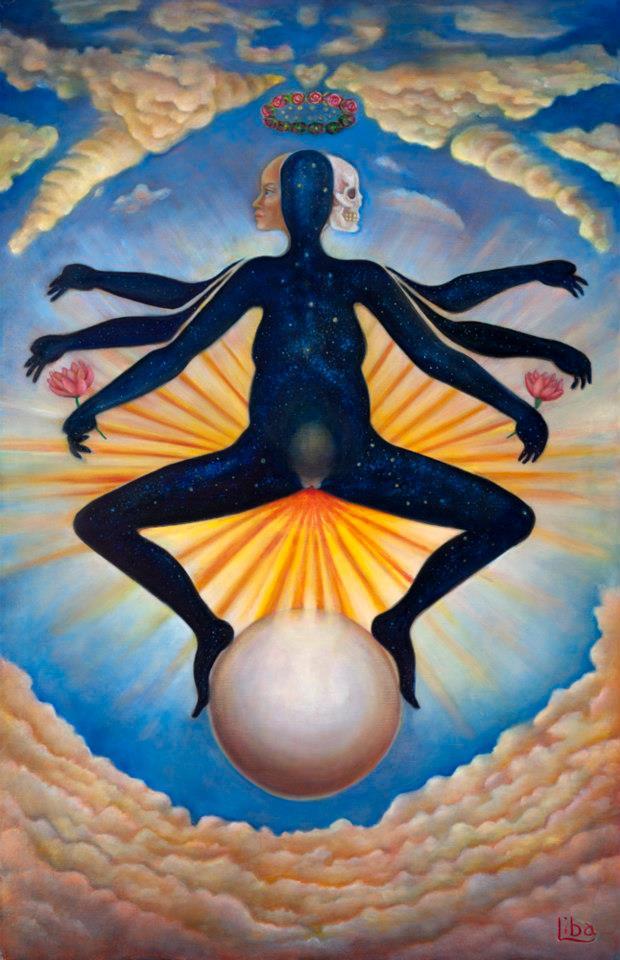

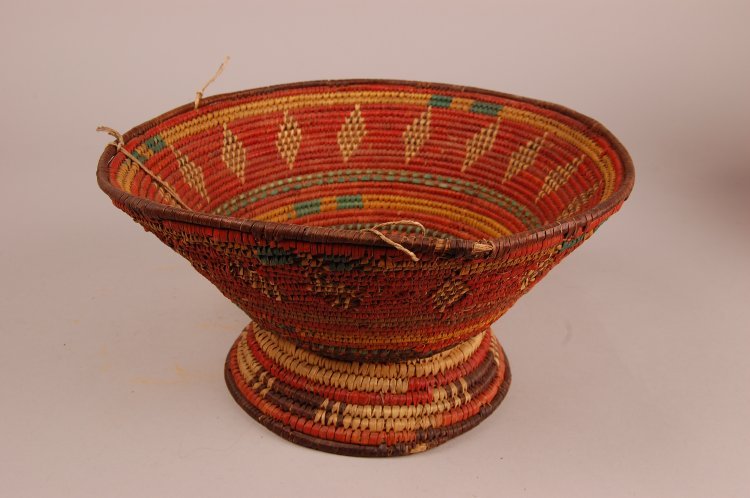


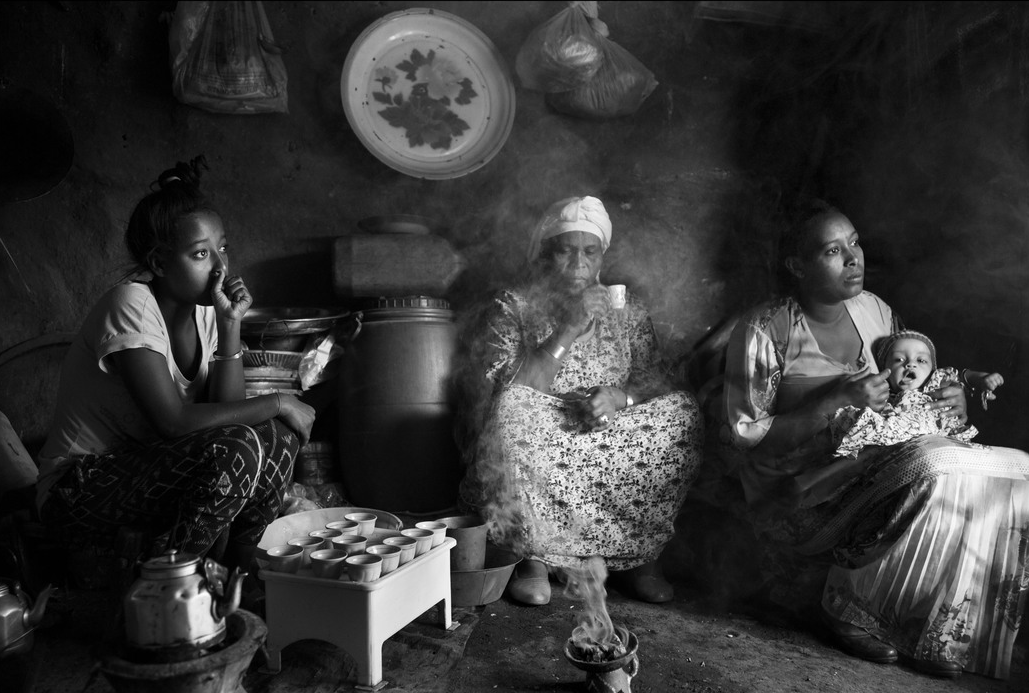
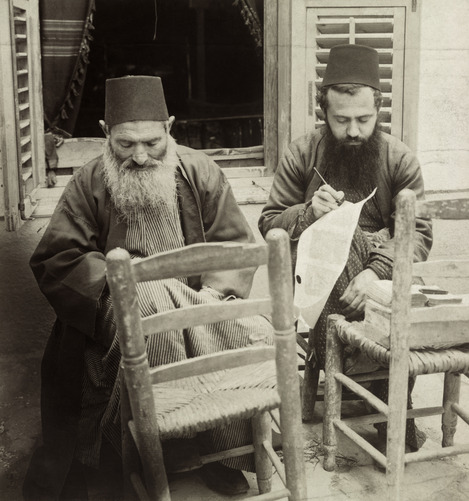
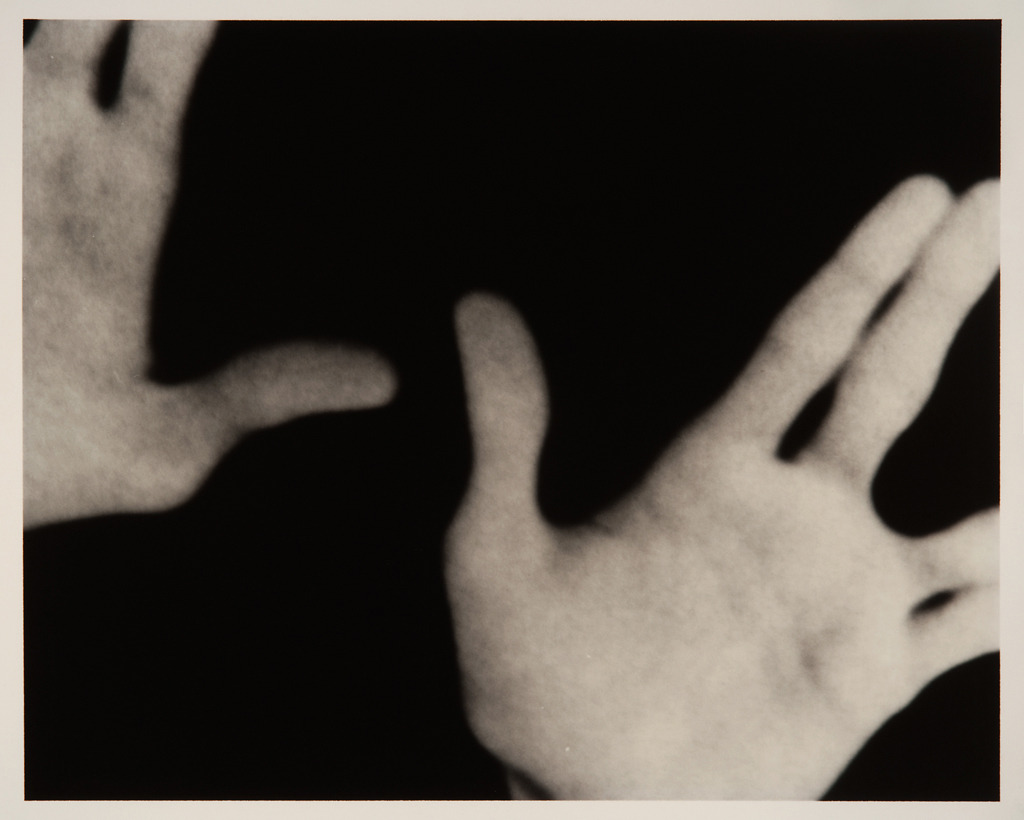
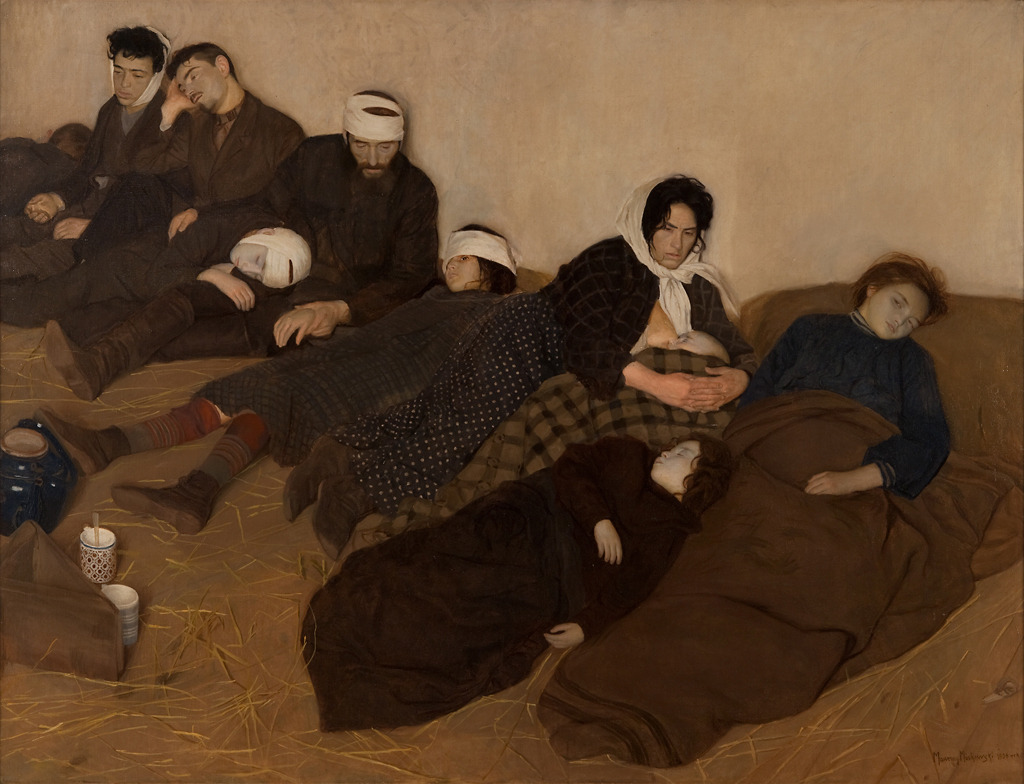

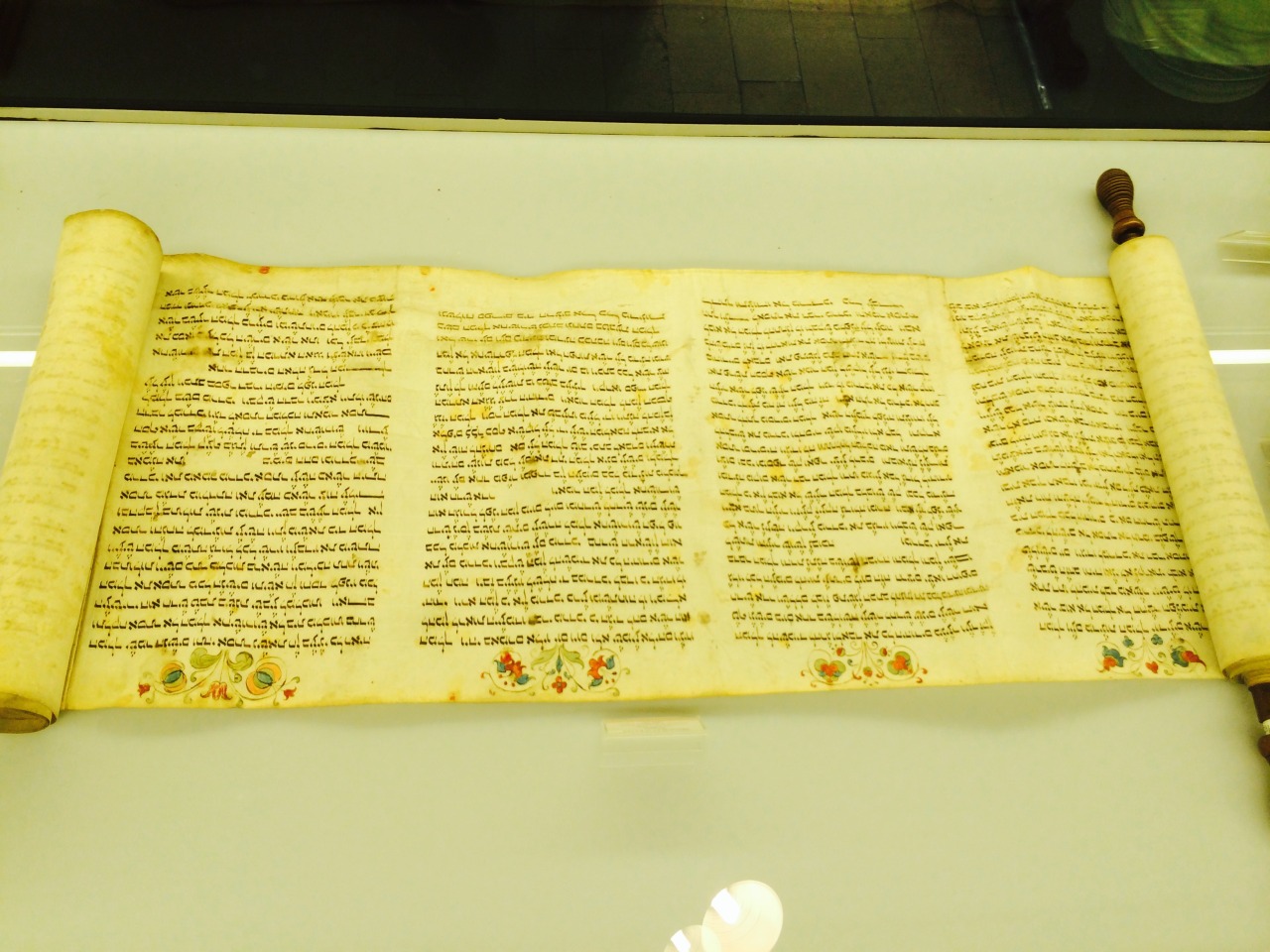
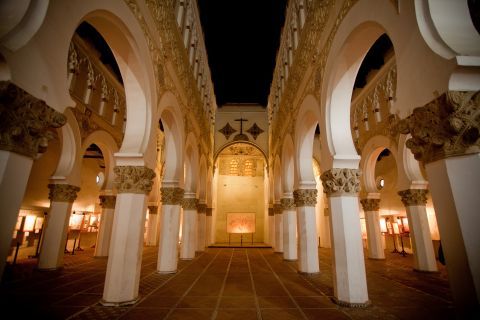
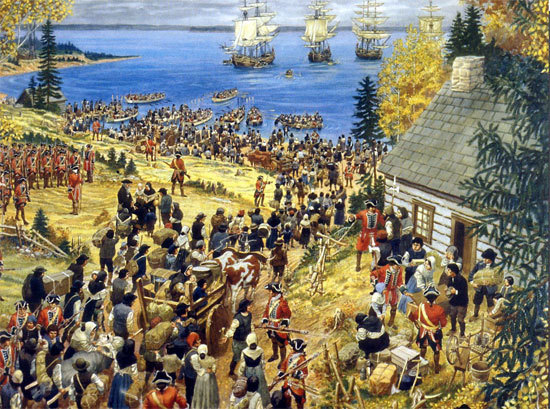
No hay comentarios:
Publicar un comentario